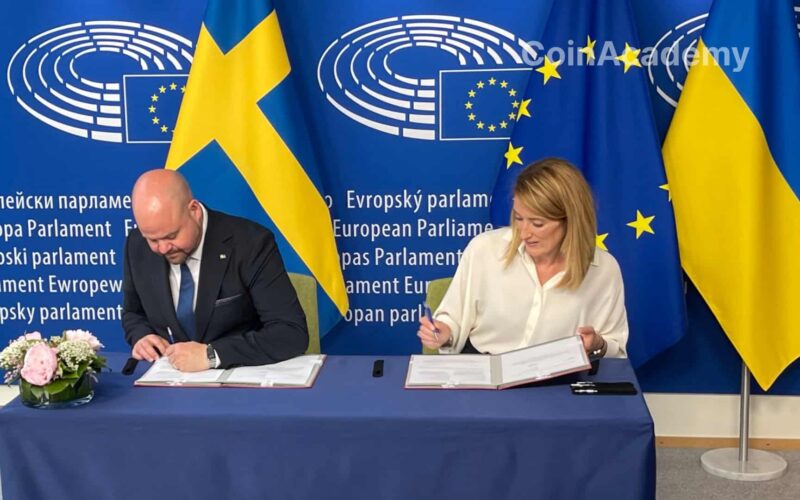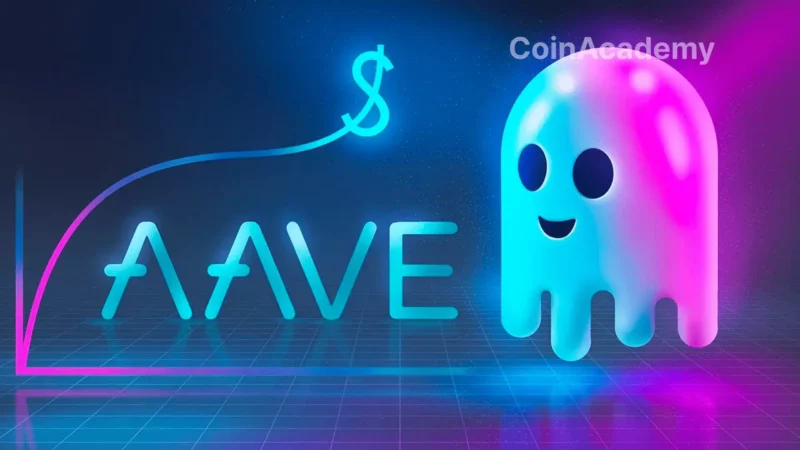New Guidelines Proposed by the EU for Classifying Crypto Assets Under MiCA
The European Union (EU) has introduced new tools to help businesses comply with the regulation on crypto-assets markets (MiCA). These guidelines aim to standardize the classification of cryptocurrencies and digital assets across the continent.
A standardization effort for crypto assets
On July 12, three European regulatory authorities, the European Banking Authority (EBA), the European Insurance and Occupational Pensions Authority (EIOPA), and the European Securities and Markets Authority (ESMA), released a consultation document. This document aims to provide a clear and structured approach for classifying crypto assets under MiCA.
The new guidelines include key questions to determine if a token is subject to MiCA. These questions include the issuer’s identity, the use of blockchain, and the financial nature of the asset. This allows for differentiation between standard crypto assets and other types such as electronic money tokens (EMT) and asset-referenced tokens (ART).
Obligations for issuers and legal requirements
ART token issuers must include a legal opinion in their documents, clearly explaining the classification of these tokens. This opinion must confirm that the tokens are neither EMT nor other types of crypto assets excluded from MiCA’s scope. Crypto assets that are not classified as ART or EMT must also have a detailed explanation of their classification in their documents.
Involvement of stakeholders and consultation
The regulators have invited market stakeholders to submit their comments on the consultation document by mid-October, with a virtual hearing scheduled for September 23. Patrick Hansen, EU Head of Strategy and Policy at Circle, has praised these guidelines as being very helpful, noting that many market players have misclassified tokens under MiCA so far. Circle has been one of the first stablecoin issuers to comply with MiCA, making its USDC and EURC tokens compliant with the new rules.
The first set of MiCA regulations, which came into effect on June 30, targeted stablecoins and their issuers. The next set of MiCA regulations is expected in December 2024.




